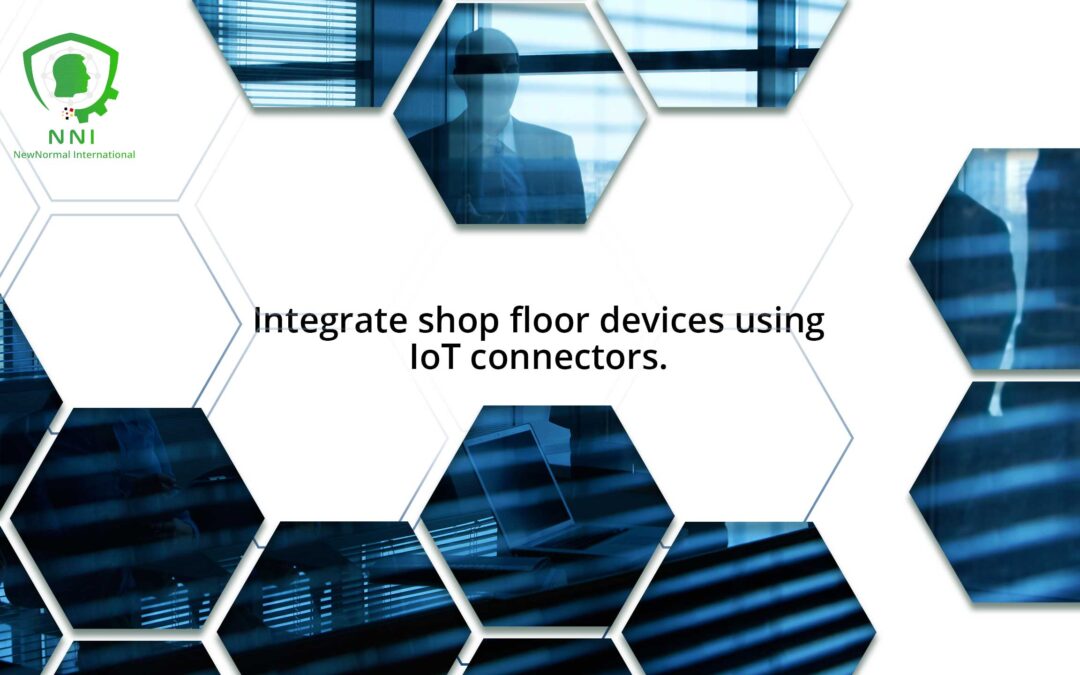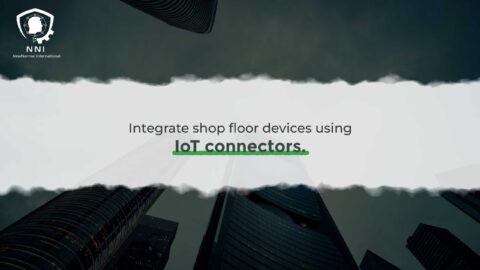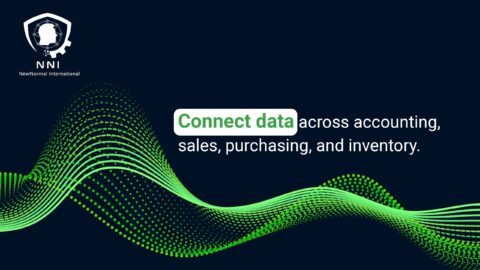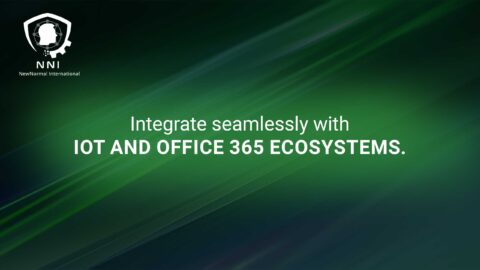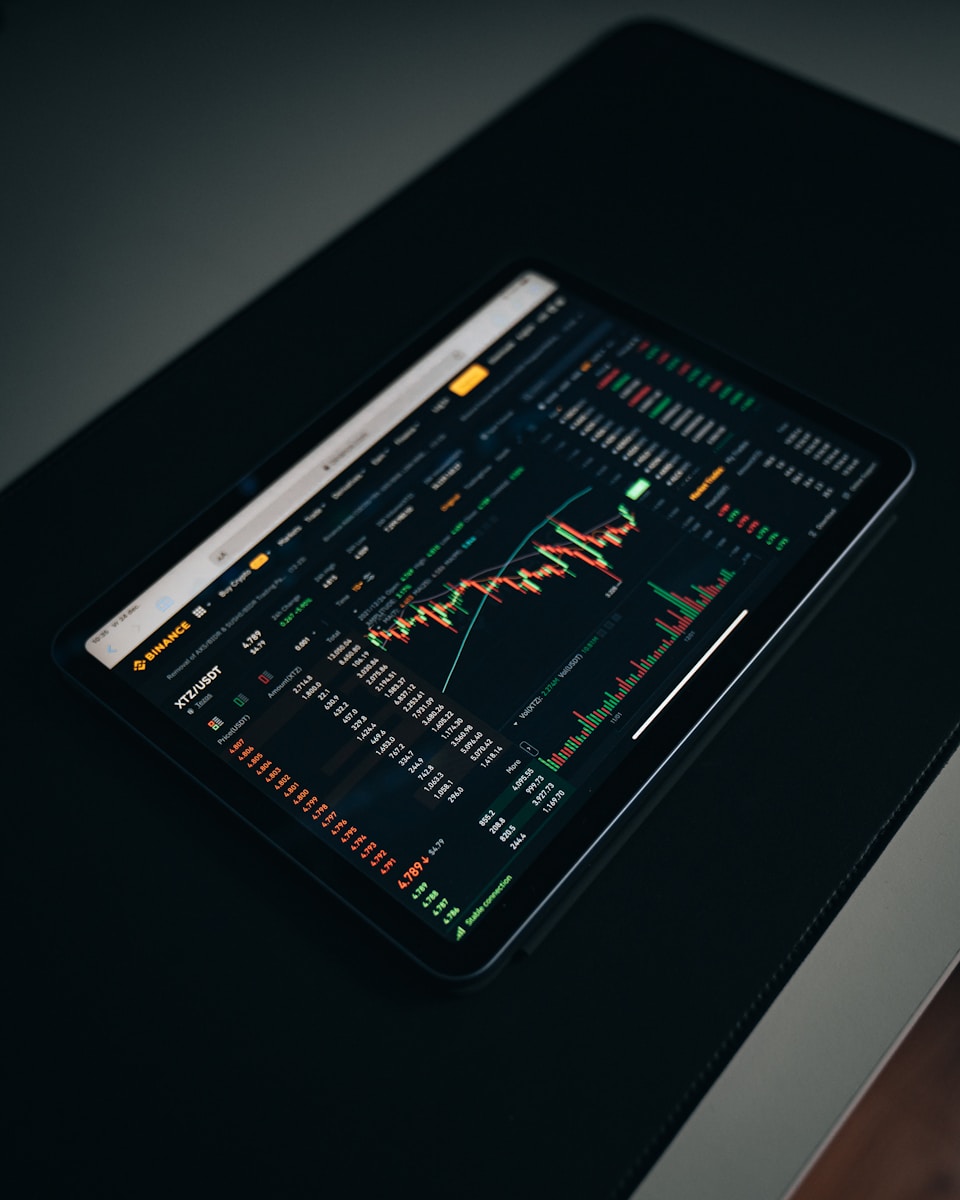Revolutionizing Manufacturing with IoT-Enabled Shop Floor Devices
In the age of digital transformation, the initiative to IoT Connectors in Shop Floor Integration has become a critical strategy for businesses in the manufacturing sector. This article explores how IoT technology is transforming shop floor operations and driving industrial efficiency.
Understanding IoT Connectors in Industrial Settings
In the ever-evolving landscape of industrial automation, the ability to connect and integrate diverse devices and machines on the shop floor is no longer a luxury, but a necessity. This is where IoT connectors emerge as the vital link, bridging the gap between individual machines and a centralized network, unlocking a world of possibilities for enhanced efficiency, predictive maintenance, and automation.
By leveraging the power of IoT connectors, businesses can:
1. Unify the Shop Floor and Gain Real-Time Visibility: Gone are the days of operating in silos. IoT connectors enable real-time data collection from diverse devices, sensors, and machines, providing a comprehensive and unified view of the operational landscape. This data-driven approach fosters informed decision-making, optimizes resource allocation, and identifies areas for potential improvement.
2. Predict and Prevent Equipment Failure: Traditional maintenance schedules often fail to account for individual machine conditions and potential anomalies. IoT connectors, coupled with machine learning algorithms, empower businesses to predict equipment failure with unprecedented accuracy. This predictive maintenance approach minimizes unplanned downtime, maximizes equipment lifespan, and significantly reduces production losses.
3. Automate Repetitive and Complex Tasks: Many tasks on the shop floor are repetitive, time-consuming, and prone to human error. IoT connectors enable the automation of these tasks, freeing up human resources for more strategic activities. This automation not only enhances efficiency but also improves safety and reduces the risk of human error in critical operations.
4. Optimize Manufacturing Processes and Enhance Quality Control: Real-time data collected through IoT connectors allows for continuous monitoring and analysis of production processes. This data-driven approach enables businesses to identify bottlenecks, optimize production parameters, and fine-tune processes for enhanced quality control and consistent output.
5. Foster a Culture of Data-Driven Decision-Making: By providing access to actionable insights and real-time data, IoT connectors empower stakeholders at all levels to make data-driven decisions. This shift from intuition-based to data-driven decision-making leads to improved operational efficiency, reduced costs, and increased overall profitability.
Beyond these immediate benefits, IoT connectors pave the way for a more connected and intelligent future of industrial operations. By enabling interconnectivity, data exchange, and automation, they create a foundation for:
Enhanced collaboration: Foster seamless communication and collaboration between departments, stakeholders, and even external partners.
Agile and responsive operations: Adapt quickly to changing market demands and respond proactively to potential disruptions.
Sustainable practices: Optimize resource utilization, reduce energy consumption, and minimize waste generation.
Continuous innovation: Leverage data insights to develop new products, improve existing processes, and explore innovative business models.
In essence, IoT connectors are not just technological components; they are the catalysts for a transformative shift in industrial automation. By bridging the gap between individual machines and a centralized network, they unlock a world of possibilities for efficiency, predictive maintenance, automation, and ultimately, sustainable growth and prosperity. Embrace the power of IoT connectors and embark on a journey towards a future where the factory floor becomes a vibrant ecosystem of interconnected intelligence, driving your business towards unparalleled success.
Change Management for IoT Integration
Successfully implementing IoT connectors on the shop floor requires effective change management. It involves not only the technical deployment of IoT devices but also a shift in operational processes and workforce training to adapt to the new technological ecosystem.
Executive Coaching for IoT-Driven Leadership
Leadership is paramount in navigating the complexities of IoT integration in industrial settings. Executive coaching can equip business leaders with the necessary skills and insights to oversee the integration of IoT technology, ensuring that it aligns with the company’s strategic objectives.
Effective Communication in IoT Implementations
Effective communication is crucial in the roll-out of IoT connectors on the shop floor. Communicating the benefits, functionalities, and changes brought about by IoT integration helps in gaining employee buy-in and facilitates smoother transition and adoption.
Leveraging Generative AI for Enhanced IoT Operations
Integrating generative artificial intelligence with IoT systems can significantly boost operational capabilities on the shop floor. AI can analyze IoT-generated data to optimize processes, predict equipment failures, and enhance decision-making in manufacturing operations.
Conclusion IoT Connectors in Shop Floor Integration
In conclusion, the approach to “Integrate shop floor devices using IoT connectors” represents a transformative step in modernizing manufacturing operations. By harnessing the power of IoT technology, businesses can unlock new levels of efficiency, productivity, and innovation in their industrial processes.
#IoTTechnology, #IndustrialAutomation, #ManufacturingInnovation, #DigitalTransformation, #SmartFactory


